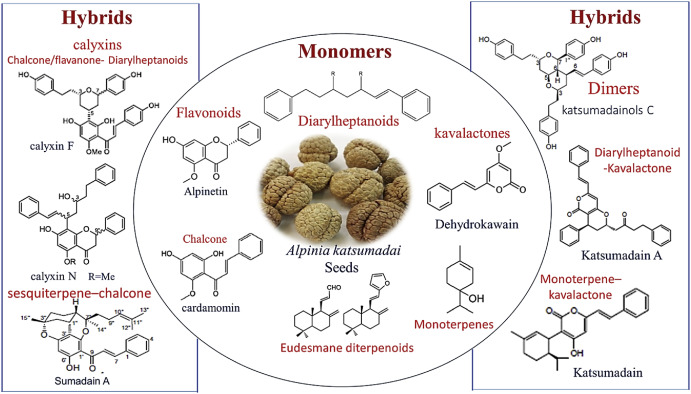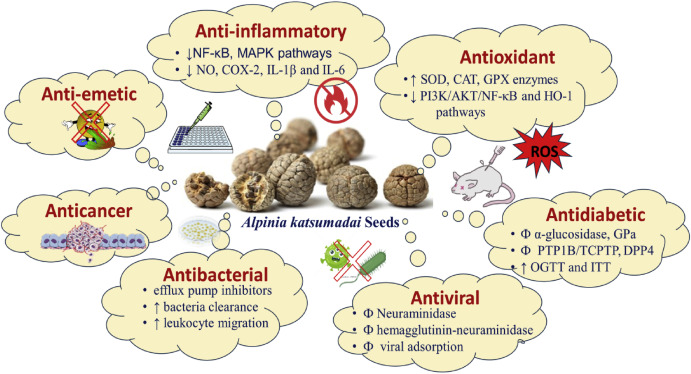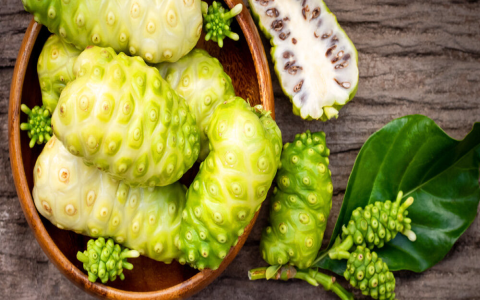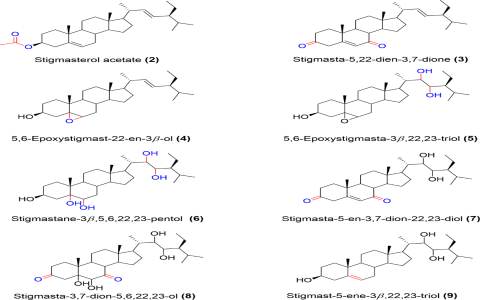Alright, so folks sometimes ask me about Cao Kou, you know, that galangal fruit stuff. They’re usually curious, “What’s it actually do? What’s the big deal with its efficacy and all that?” And for a good while, I’d just kind of shrug. To me, it was just another one of those spices you might see tucked away in a market, nothing more.
My real introduction to this ingredient, it wasn’t some grand study or a deep dive into ancient texts. Nah, it was way more accidental than that, almost a kitchen mishap, you could say. It definitely wasn’t me setting out to become an expert on its functions.
This all kicked off a couple of years ago. I got this bug to try and master authentic Sichuan cooking. I mean the real-deal stuff, not the watered-down versions. I’d bought this super fancy cookbook, you know the type, all glossy pages and recipes that looked like they needed a degree in chemistry. One of these recipes, some kind of intensely flavored braised pork, specifically called for ‘Cao Kou.’ My first thought was, “Cao who? What on earth is that?”
Just finding the stuff was an adventure. I had to trek out to this huge Asian supermarket, the kind of place you can get lost in for hours. Finally, in a dusty corner of the spice aisle, I found a small, unassuming packet. Inside were these dried, reddish-brown, sort of woody-looking things. The label just said ‘Galangal Fruit.’ No big promises, no list of amazing benefits.

So, I get back to my kitchen, all fired up to create this culinary masterpiece. I followed that recipe like it was sacred scripture. It said to lightly toast the Cao Kou and then crack it open. Let me tell you, the aroma when I started toasting those things! It was… potent. Not unpleasant, but really strong. Very earthy, a little bit medicinal, almost like a faint whiff of eucalyptus but with a definite warmth to it. I honestly wasn’t sure if I was going to like the end result.
Anyway, I tossed it into the pot along with what felt like fifty-eleven other spices and ingredients. The dish, when it was finally done, tasted… well, it was complex. There was this deep, underlying flavor note I just couldn’t put my finger on. My partner, who’s usually my harshest food critic, took a bite, paused, and then said, “Huh. This is… different. What’s that subtle taste in the background? It’s kind of… warming, isn’t it?”
That word, ‘warming,’ really stuck with me. Because, coincidentally, around that same period, my elderly neighbor, old Mr. Fitzwilliam, was constantly complaining about feeling a chill, especially in his stomach. He’d tried all sorts, but nothing seemed to really help him feel properly comfortable. Now, I’m no doctor, and I wasn’t about to start prescribing spices to him.
But then, one weekend, I decided to make that Sichuan pork dish again. This time, I was feeling a bit more confident, maybe even a little reckless, and I tweaked the recipe, adding a bit more Cao Kou. I ended up with quite a bit leftover, so on a whim, I took a generous portion over to Mr. Fitzwilliam. Just being a good neighbor, you know, sharing some food.

A few days passed, and then Mr. Fitzwilliam caught me in the hallway. “That pork dish you brought over,” he started, a bit hesitant. “You know, my stomach felt remarkably settled after I ate it. And I genuinely felt warmer, right through the afternoon.” I was honestly a bit stunned. I hadn’t mentioned the Cao Kou, hadn’t said anything about any special ingredients at all.
So, that little incident really got me thinking. Maybe there was more to this Cao Kou than just being an obscure spice for complicated dishes. What did I actually discover about its ‘efficacy and function’ through all this?
- Well, it definitely has a warming quality. Not just ‘spicy’ like chili, but a deeper, more internal kind of warmth. That’s what Mr. Fitzwilliam felt, and what my partner had picked up on.
- It seemed to have a positive effect on digestion, at least for Mr. Fitzwilliam in that specific meal. Perhaps it helps balance out rich, heavy foods.
- But here’s the main thing I took away: it’s not some standalone miracle worker. It was part of a complex dish, one player among many. And Mr. Fitzwilliam’s experience, that was just one person, one meal.
I didn’t suddenly become a Cao Kou fanatic. I’m not grinding it up and putting it in my morning coffee or anything wild like that. But I do have a newfound respect for it. I use it now and then, especially in my slow-cooked dishes during the colder months, particularly with richer meats. I find it adds a certain something, a depth of flavor, a comforting background note.
It’s funny, really. I started out just wanting to tackle a challenging recipe, and I ended up learning a little something about how an old, traditional spice might actually, you know, do something beneficial. Not from some textbook or a health guru, but just from messing around in my own kitchen and sharing a meal with a neighbor.

So, when people ask about the ‘efficacy and function’ of Cao Kou now? I tell them about that subtle warmth, and how it might just help your stomach feel a bit better after a hearty meal. But mostly, I tell them it taught me to be curious about ingredients, even the ones that seem strange at first. Sometimes, they’re the ones that hold the most interesting surprises. That’s my practical take on it, anyway. No fancy science, just my own experience, a cooking pot, and a grateful neighbor.


